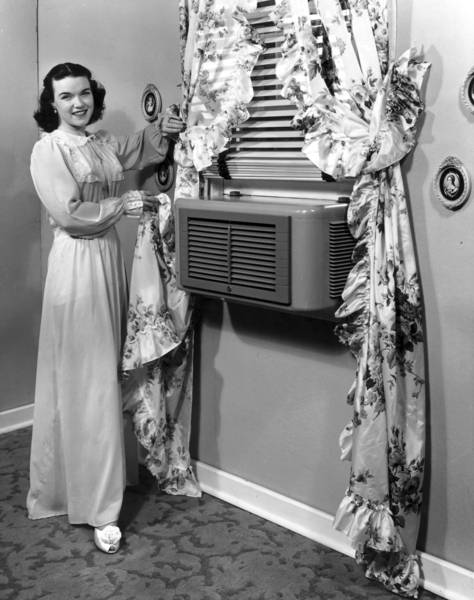
Many homeowners dream of having central air conditioning. I AM ONE OF THOSE PEOPLE! Cool air on demand that blasts out the heat of late-August is truly something to be desired. But, if you’re like most people, you’re not sure you can afford one. I mean, c’mon? It’s got to be expensive to have that kind of luxury, right?
Well, here’s some facts I just learned that should set your mind at ease…
Many New Systems Come With Rebates and Tax Credits
Most of the tax credits from 2013 have been phased out, but some have been extended for 2015. A lifetime credit maximum of 10 percent of costs, up to $500 has been established by the government.
If you received $500 or more back during 2009 or 2010, then it’s unlikely you can get more. If you didn’t, file form 5695 when you e-file your return to claim your credit on your returns. This can be a bit tricky so hire an accountant or tax specialist to help you. Also, make sure you save your manufacturer certifications and receipts just in case you need them for filing.
While there is a $500 overall ceiling on tax credits, some home improvements have individual limits that are below this amount. For example, you receive $50 for any advanced main air circulating fan, $150 for any qualified natural gas, propane, or oil furnace or a hot water boiler.
You can also get up to $300 for any qualified energy-efficient item for your home. If you’re not sure if you qualify, check the Energy Star website for more information on which systems qualify for rebates and credits.
When you do get a new system, have a qualified technician do the air conditioning installation so that you don’t void the warranty on it.
You Don’t Always Need A Large System
Bigger isn’t always better, despite what you’ve been told. A larger sized unit is more expensive to operate, all other things being equal, so make sure that you really need all those BTUs. A good technician will run a diagnostic on your home to assess how much cooling power you need.
And, if you’re doubtful about getting a smaller unit, ask an HVAC specialist. They’ll tell you that an oversized compressor doesn’t lower humidity effectively because it cools the air so quickly that it doesn’t run long enough to circulate the air and remove moisture, resulting in a temperature that feels warmer than what the thermostat reads.
The home will also tend to feel clammy and damp instead of dry and cool.
Now, if your home warrants having a large air conditioner, by all means get one. But, make sure that you’re not buying a larger system just for the sake of having a larger system.
You Don’t Necessarily Need Ductwork
With split systems, you don’t necessarily need to install new ductwork. Part of the system is situated outside.
The condenser is outside and the fan and coil system sit inside. They’re connected by pipes that carry the refrigerant.
Sometimes, the cold air generated by the system can be hooked into your existing forced air furnace system or right into the existing plenum.
And, if you don’t have ductwork in your home, pipes can be run up the outside of the home and disguised as part of the gutter and downspout system and then run directly into rooms where you need the cooling.



